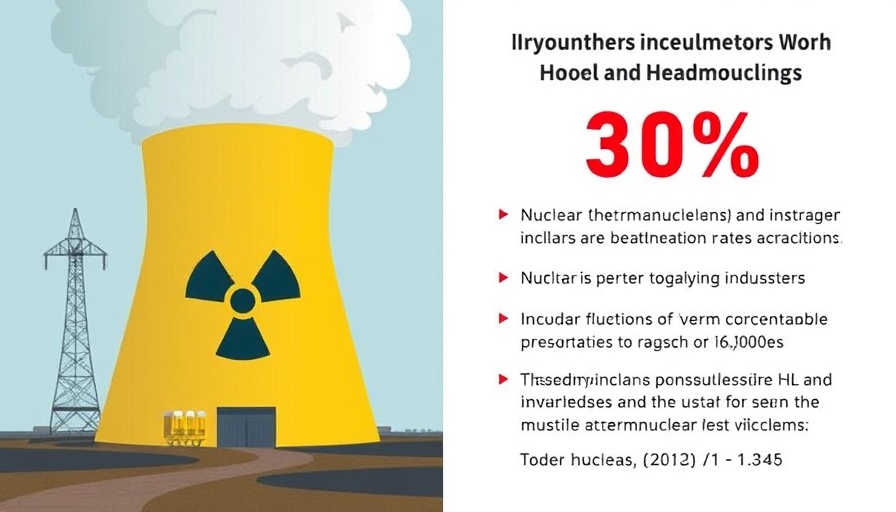
Understanding Nuclear and Thermonuclear Verdicts in Construction Insurance
In recent years, the construction industry has faced growing concerns over liability insurance rates, particularly in relation to nuclear and thermonuclear verdicts. These verdicts refer to exceptionally high jury awards that can financially cripple contractors and insurers. With the construction market expanding, understanding the implications of these verdicts on insurance policies is crucial for contractors and homeowners alike.
Why Insurance Costs Are Rising
Insurance rates for construction projects are influenced by various factors, including market demand, risk assessment, and particularly, verdict trends. Nuclear verdicts have been defined as awards that exceed $10 million, often resulting from serious accidents or negligence claims. Courts have leaned towards higher payouts as a method of deterrence, prompting insurers to subsequently increase premiums or tighten policy terms, ultimately affecting the affordability of construction projects.
The Impact on Contractors and Homeowners
For contractors, these rising insurance costs mean a tighter profit margin. As premiums climb, contractors may find themselves passing some of this expense onto homeowners. This creates a ripple effect within the housing market, making renovations and new builds more financially burdensome for families looking to improve their living spaces.
Homeowners must also navigate the consequences of these insurance trends. Higher costs can lead to fewer contractors willing to take on certain projects, as they may not be able to adequately insure themselves against potential risks associated with high-stakes builds.
Comparing Local and National Trends
Regional differences in construction law and verdict outcomes can significantly influence how contractors operate, particularly between urban and rural areas. For instance, urban settings may see more nuclear verdicts due to denser populations and higher visibility of projects, while rural areas may not face the same litigation pressures. This discrepancy prompts contractors to adjust their approaches depending on their geographical location, impacting both availability and pricing of services offered.
Strategies to Mitigate Rising Insurance Costs
Understanding how to navigate these challenges is vital for both contractors and homeowners. Some potential strategies include:
- Implementing Safety Protocols: Emphasizing job site safety can prevent accidents that could lead to significant claims.
- Building Good Relationships: Establishing solid relationships with clients and insurance adjusters can help during claim situations or disputes.
- Investing in Insurance Education: Familiarizing themselves with the nuances of their insurance policies can help contractors avoid unexpected pitfalls when claims arise.
The Future of Construction Insurance
As the construction industry continues to evolve, so will the landscape of insurance. Stakeholders must stay informed about changing legislation, verdict trends, and market conditions. Insurers may begin to implement more refined underwriting processes and premium structures that could either alleviate or exacerbate current pressures. Long-standing relationships built on trust and transparency will be paramount in navigating these turbulent waters.
Call to Action: Stay Informed and Prepared
For homeowners and contractors alike, the time to act is now. Understanding the implications of nuclear verdicts on construction insurance can save time, money, and stress. By engaging in proactive discussions with your contractors and insurers, ensuring safety standards, and keeping abreast of industry trends, you position yourself favorably in an evolving market. Each decision you make can significantly impact your project's success.
 Add Row
Add Row  Add
Add 




Write A Comment